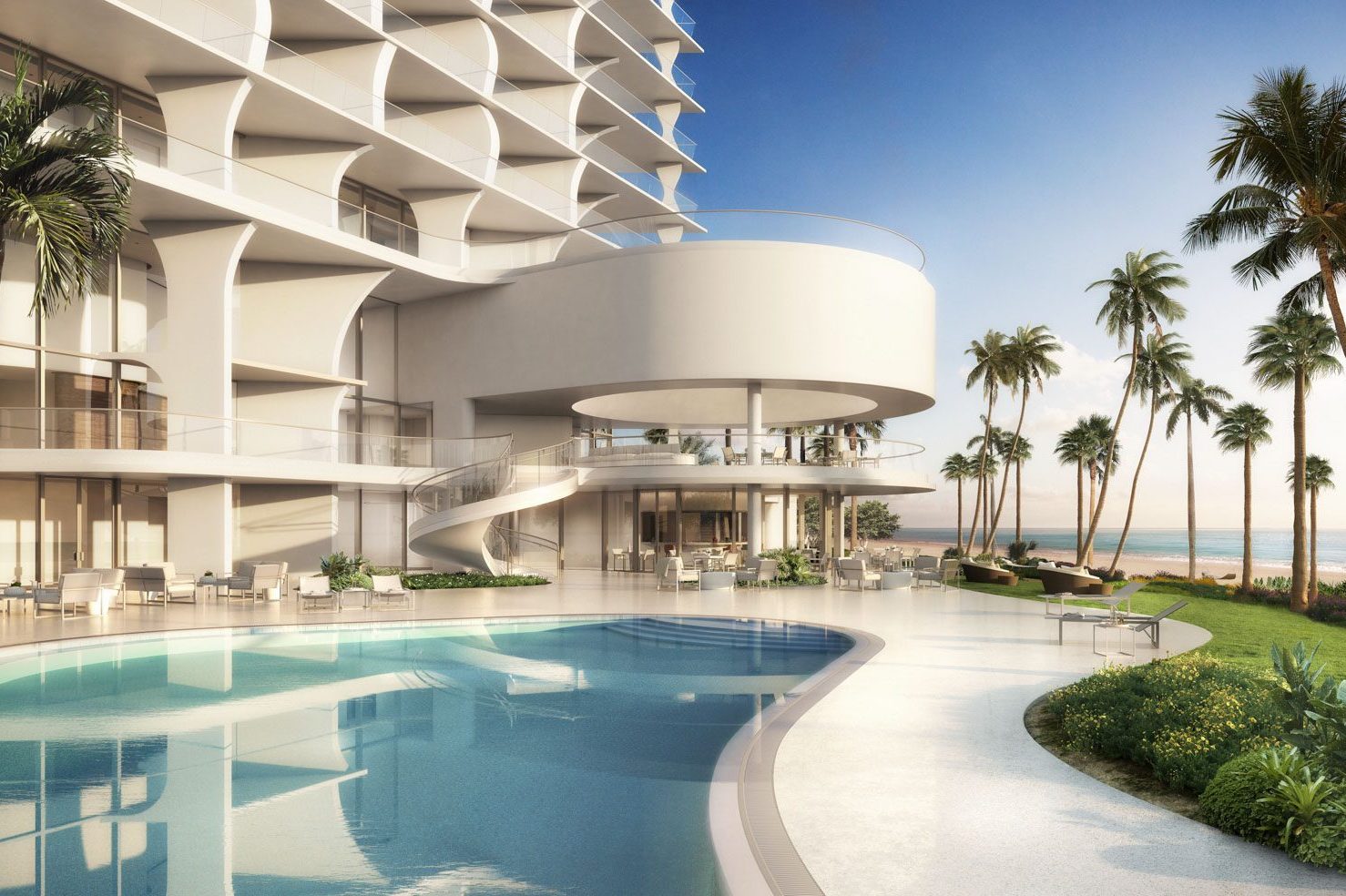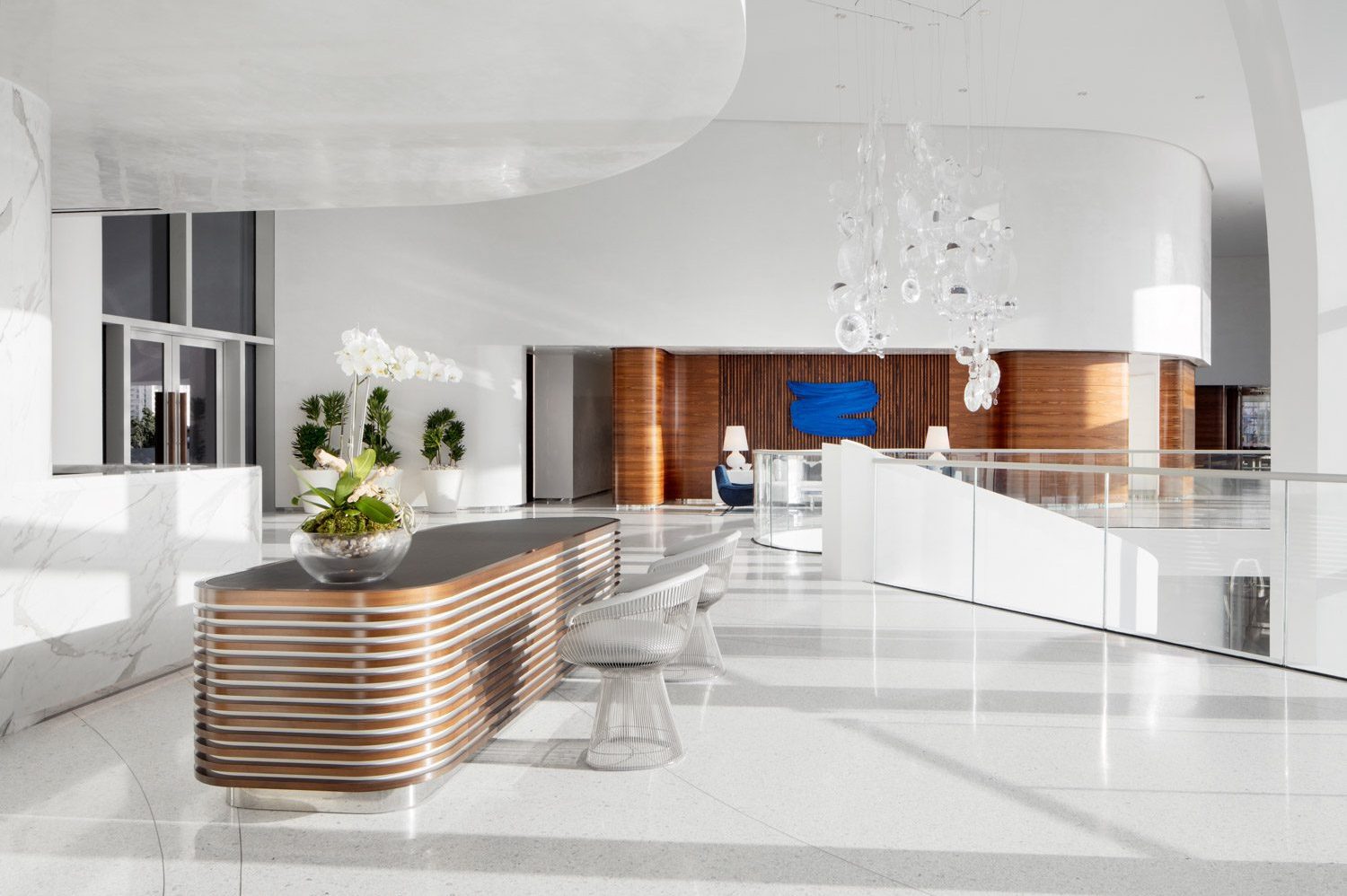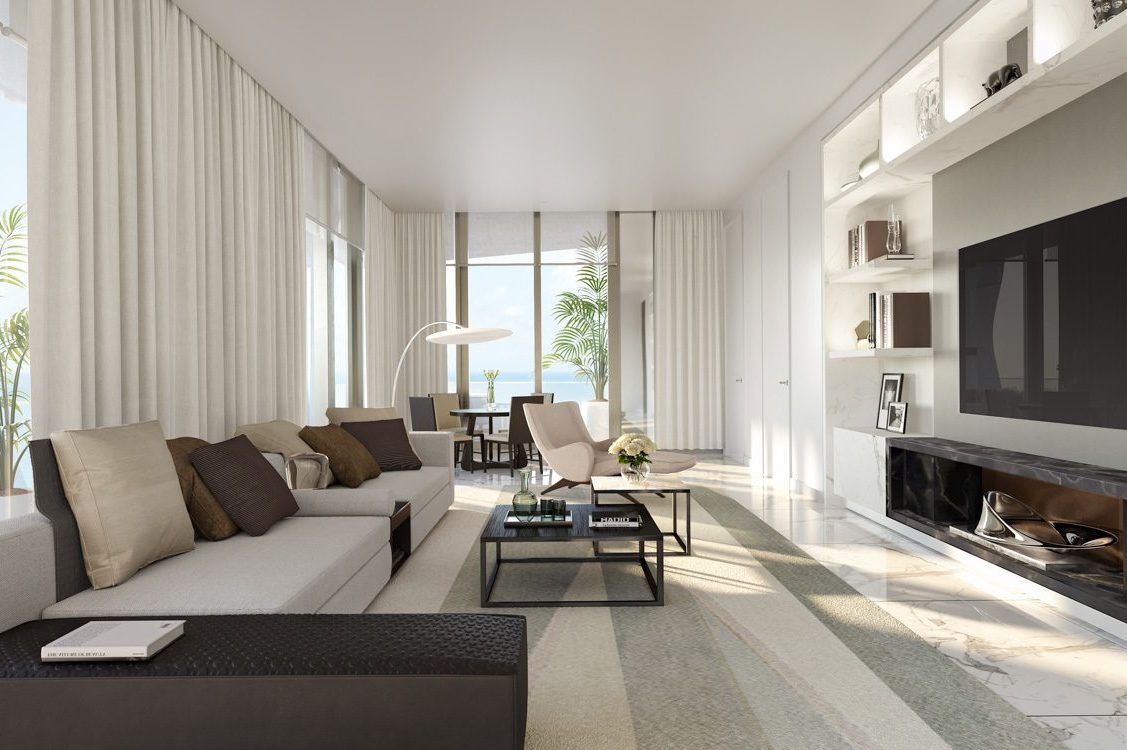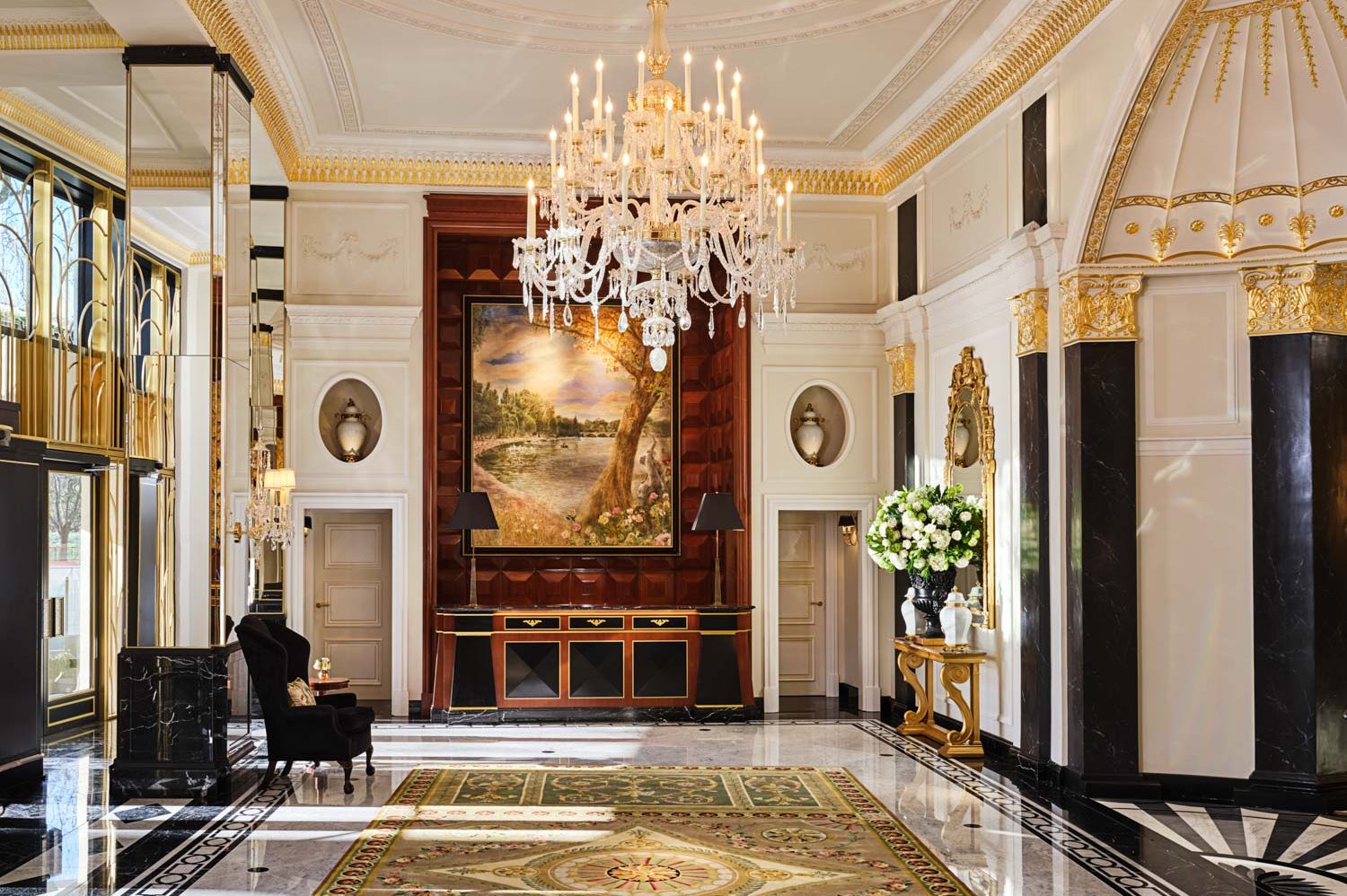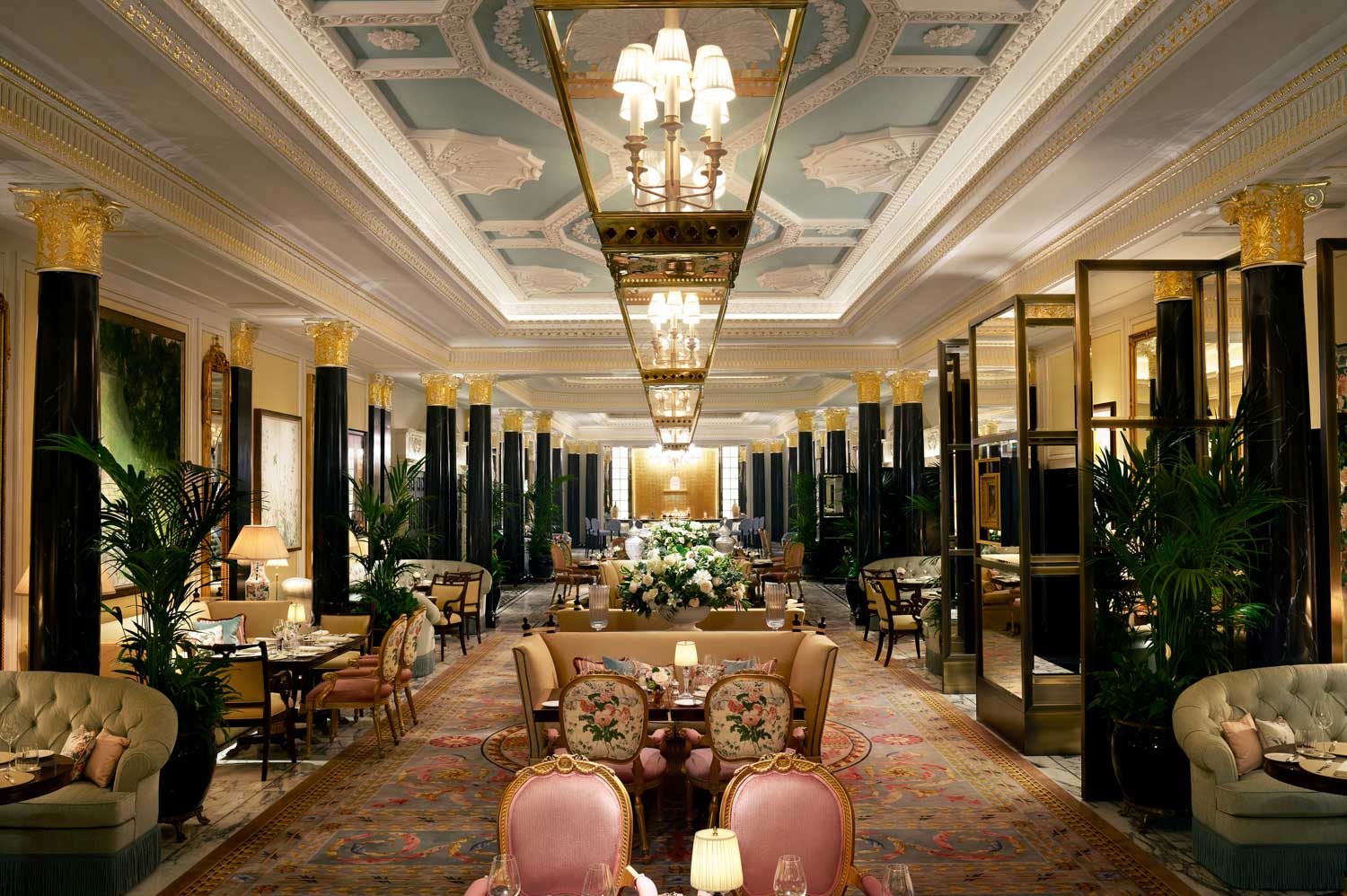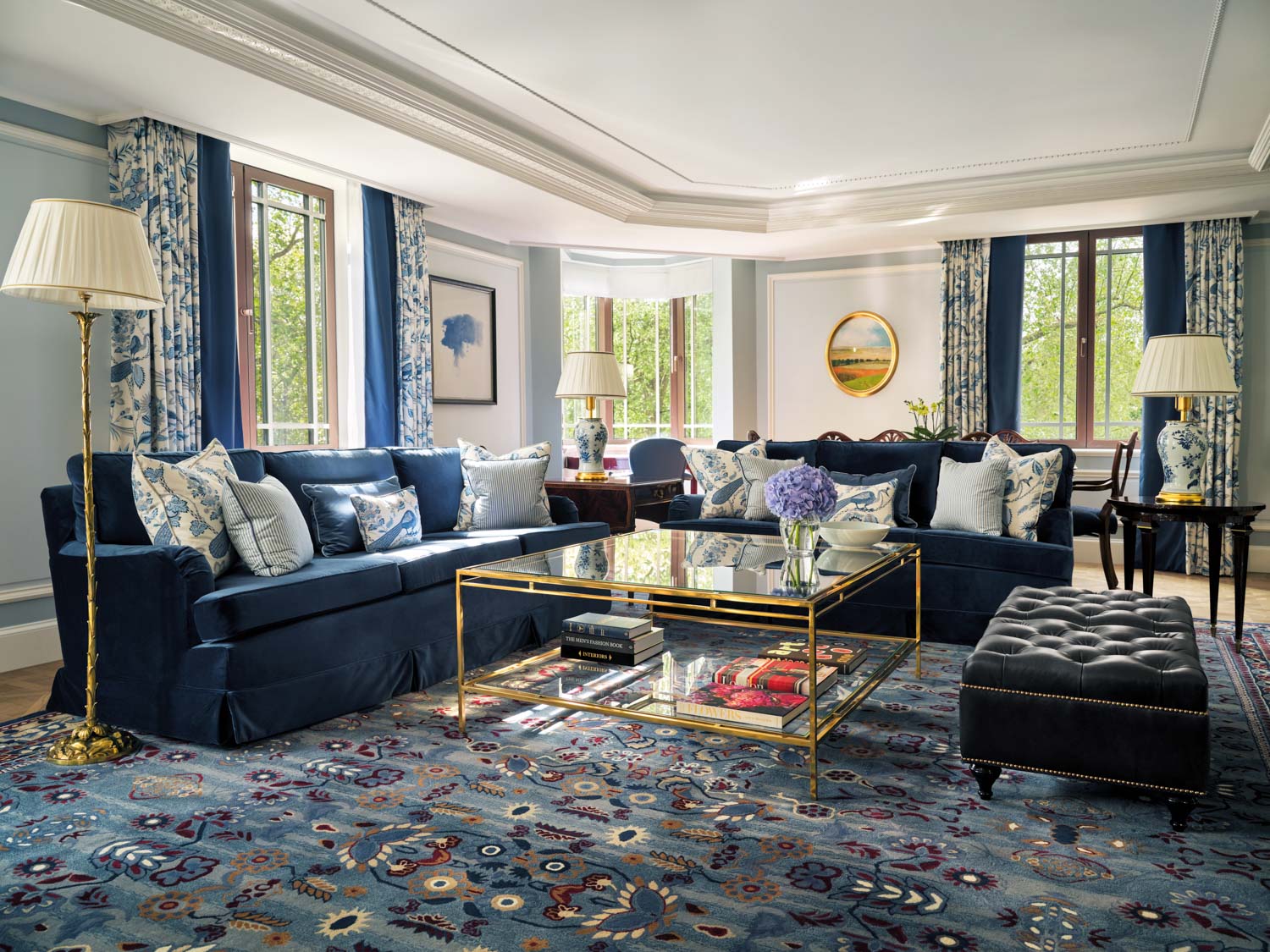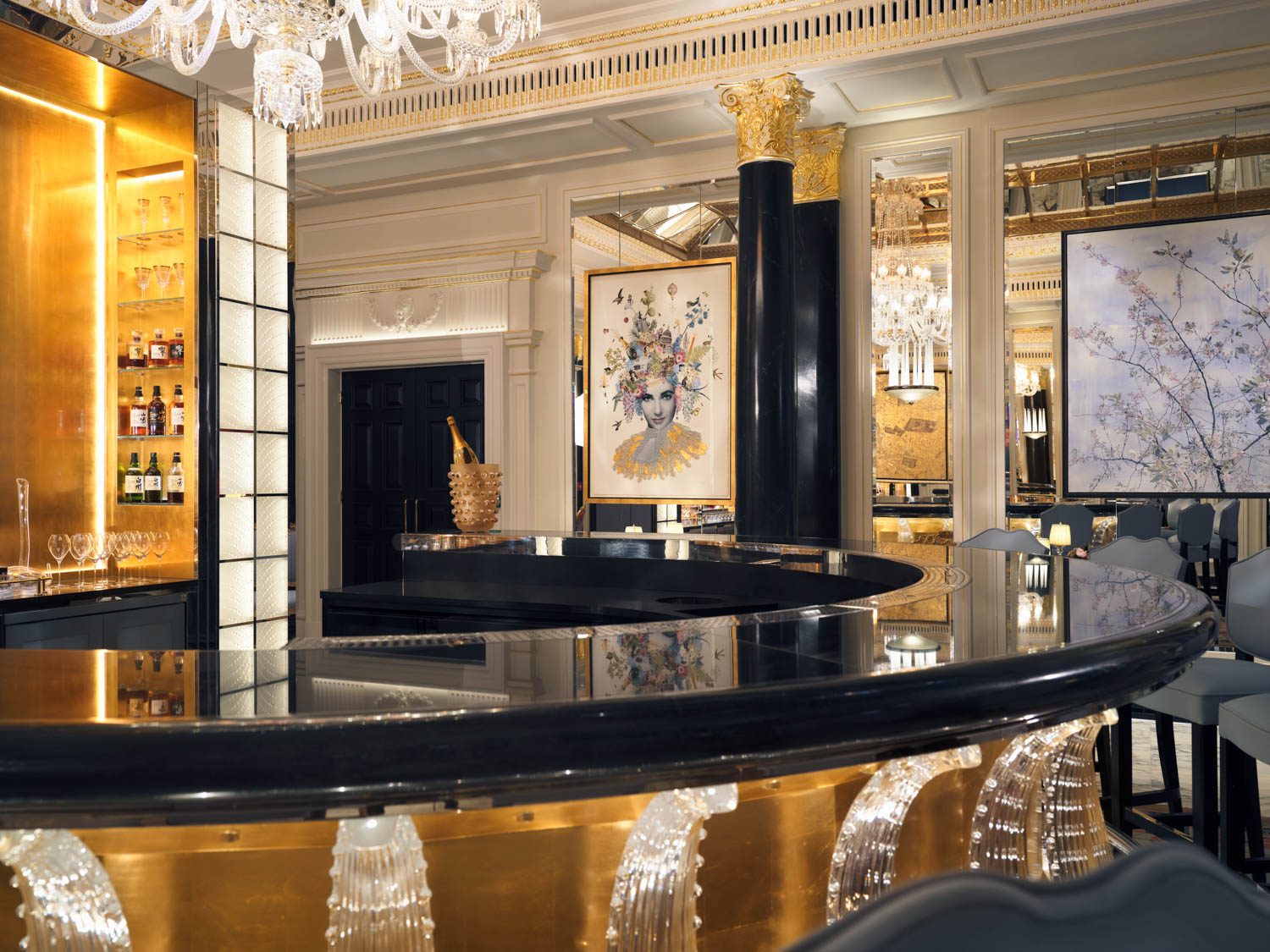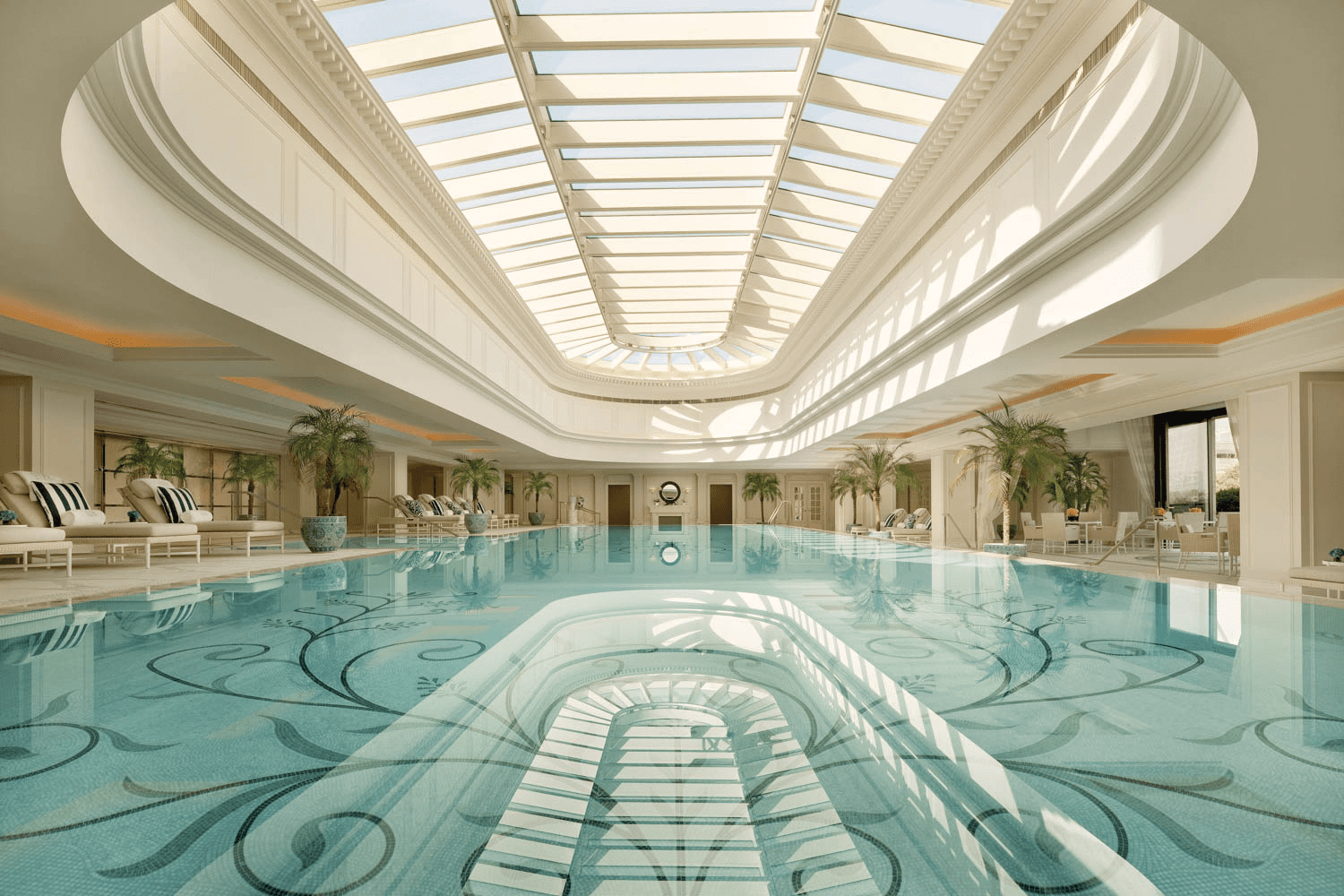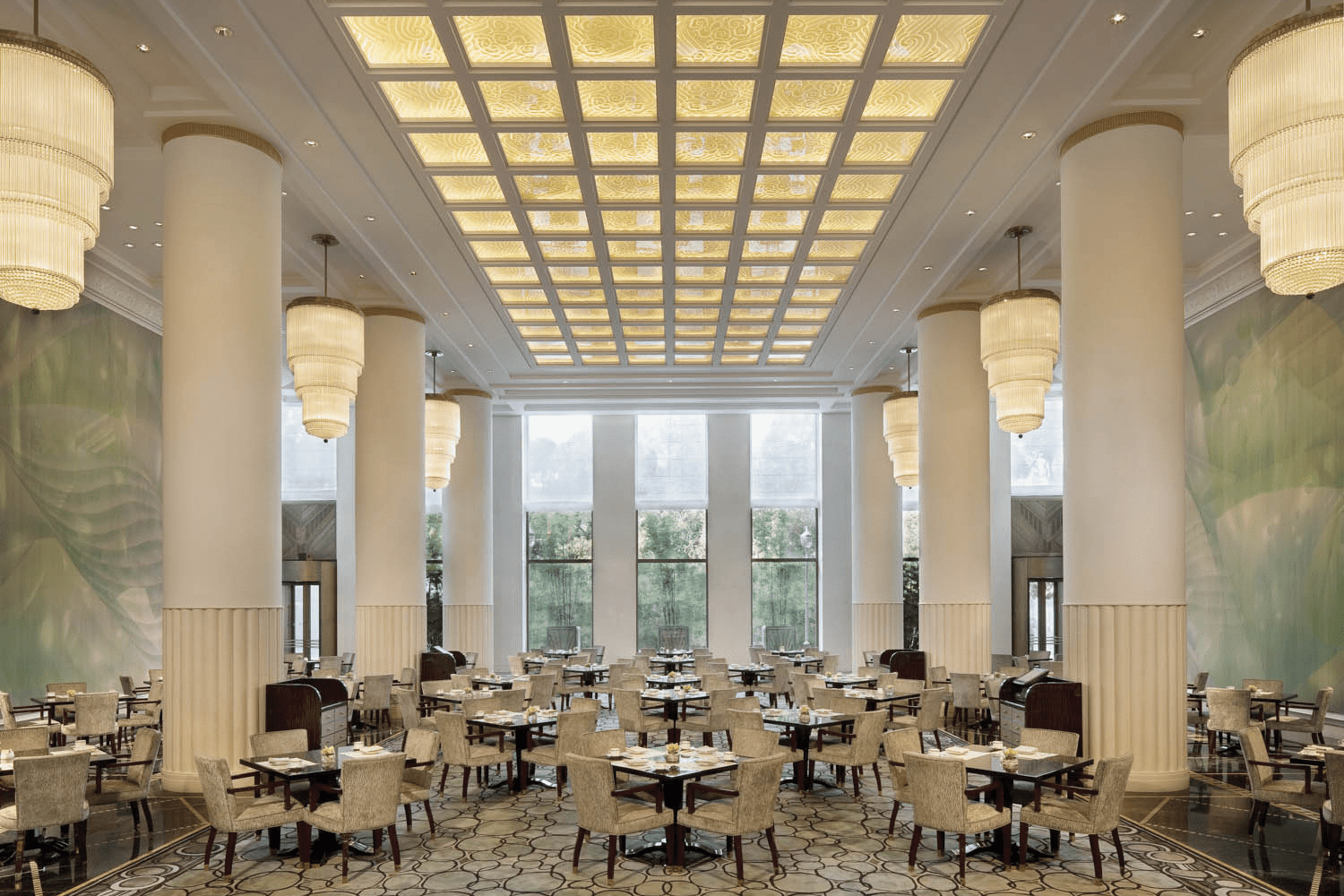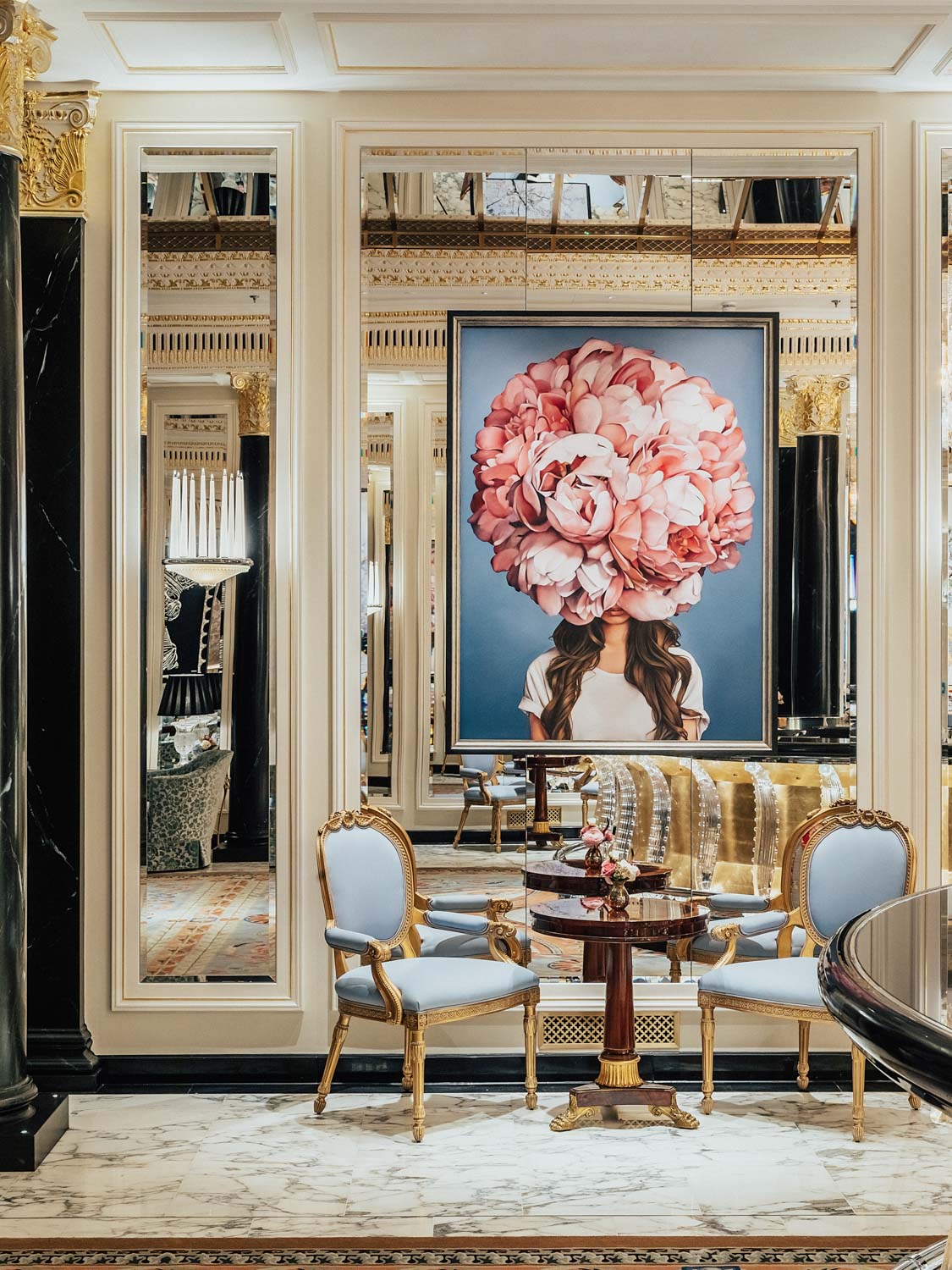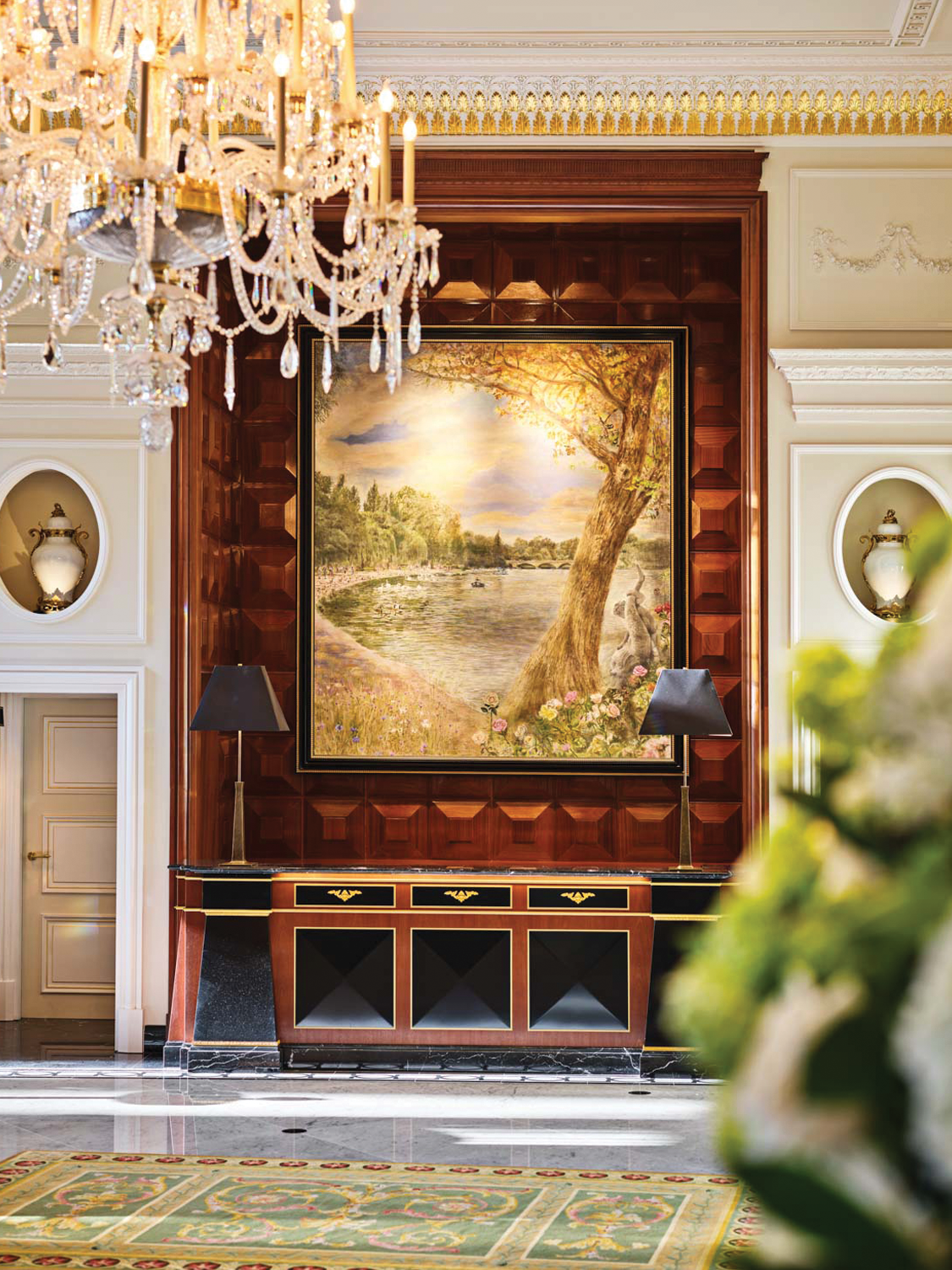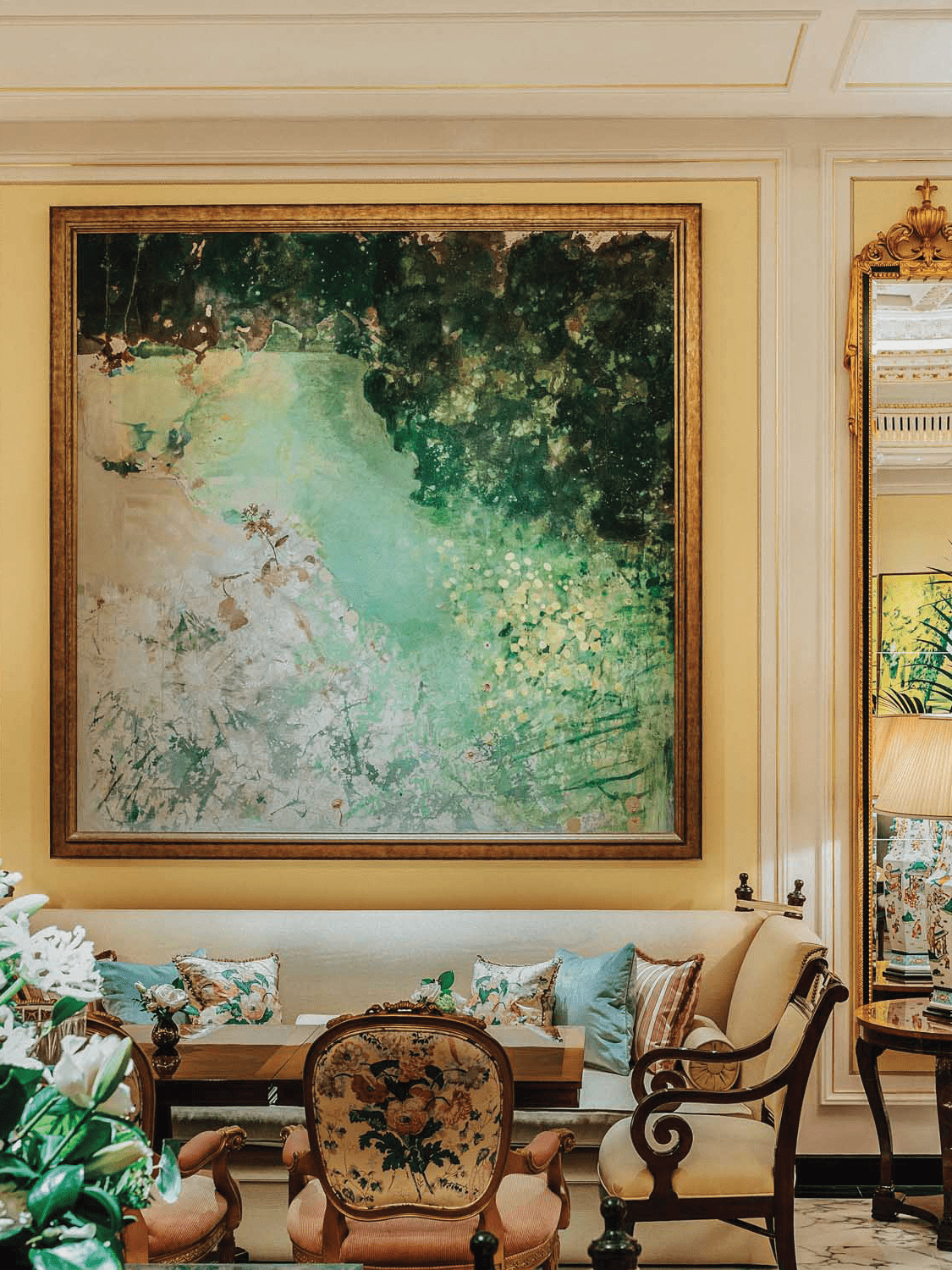art4d TALKS WITH AMY JAKUBOWSKI ABOUT THE PRESENT AND FUTURE OF THE HOSPITALITY INDUSTRY
TEXT: PRATCHAYAPOL LERTWICHA
PHOTO COURTESY OF PIERRE-YVES ROCHON (PYR) EXCEPT AS NOTED
(For Thai, press here)
Amy Jakubowski’s expertise in the luxury hospitality industry is unquestionable. With over 28 years of experience, she has completed numerous hotel repositioning’s and renovations, and cultivated projects ranging from mixed-use developments, retail, residential, and food and beverage industries. Her portfolio of work with world-renowned brands spans across the globe, and includes names such as The Waldorf Astoria New York; The Local Hotel Porto Rotondo in Sardinia, Italy; The Peninsula Shanghai; and The St. Regis Bangkok.
Currently, Amy serves as Principal and Managing Director of Pierre-Yves Rochon (PYR), the award-winning luxury interior design studio with offices in Paris and Chicago. PYR is best known for their work in luxury hospitality and residential interior design. Amy brings her wealth of experience to deliver successful designs from conception to construction, ensuring that the project resonates with the ethos of design that is PYR’s signature: elegant and timeless.
In her brief excursion to Bangkok, art4d got a chance to speak with her about the studio and her insight on what is going on in the luxury hospitality industry.
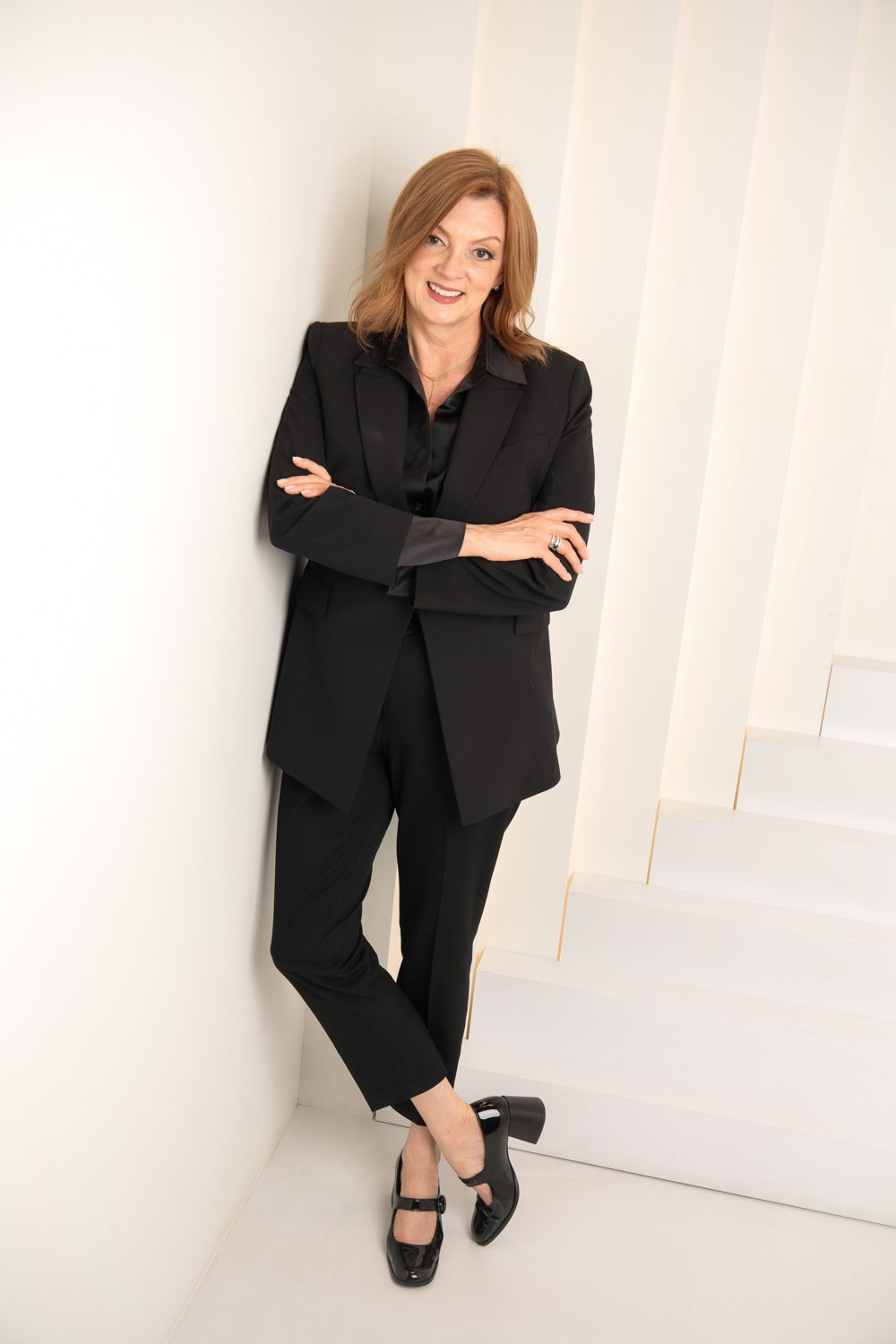
Amy Jakubowski, Principal and Managing Director of Pierre-Yves Rochon (PYR) | Photo: Don Amatayakul
art4d: Hi Amy, we are glad to have a conversation with you today. Since you have years of experience working with the hospitality industry and right now you are working with Pierre-Yves Rochon, which specializes in luxury design, I would like to ask you what defines luxury. What makes the project a luxury one?
Amy Jakubowski: Luxury design is so much more than just aesthetics. It’s about stirring up emotions, a delicate dance of sights, sounds, smells, textures – all wrapped up with a sense of comfort and welcome. We weave the very essence of the locale into our design, making it a tribute to its cultural milieu.
Picture the Four Seasons George V in Paris. It’s more than a hotel; it’s Paris personified. The scent of fresh roses, the touch of plush velvet, the soothing ambiance crafted through our tailored lighting designs – these aren’t just elements; they’re narrative threads that create a luxury tale.
But you know what? Luxury doesn’t stop with the guest experiences. A part of our design process that we absolutely cherish, and is often underestimated, is crafting the functional spaces that help staff to deliver top-notch service effortlessly. I believe it’s just as crucial to create spaces for the staff that are not just functional, but are comfortable, inspiring, and even joyful. The positive energy from these spaces is infectious and reflects directly in the level of service they provide.
Luxury design in hospitality is about crafting harmony between design, service, and the human connection. It’s a comprehensive approach that ensures everyone, from guest to staff, feels the comfort, elegance, and luxury we strive for. This integrated and mindful approach, to me, is the true essence of luxury design in our field.

Four Seasons George V Paris
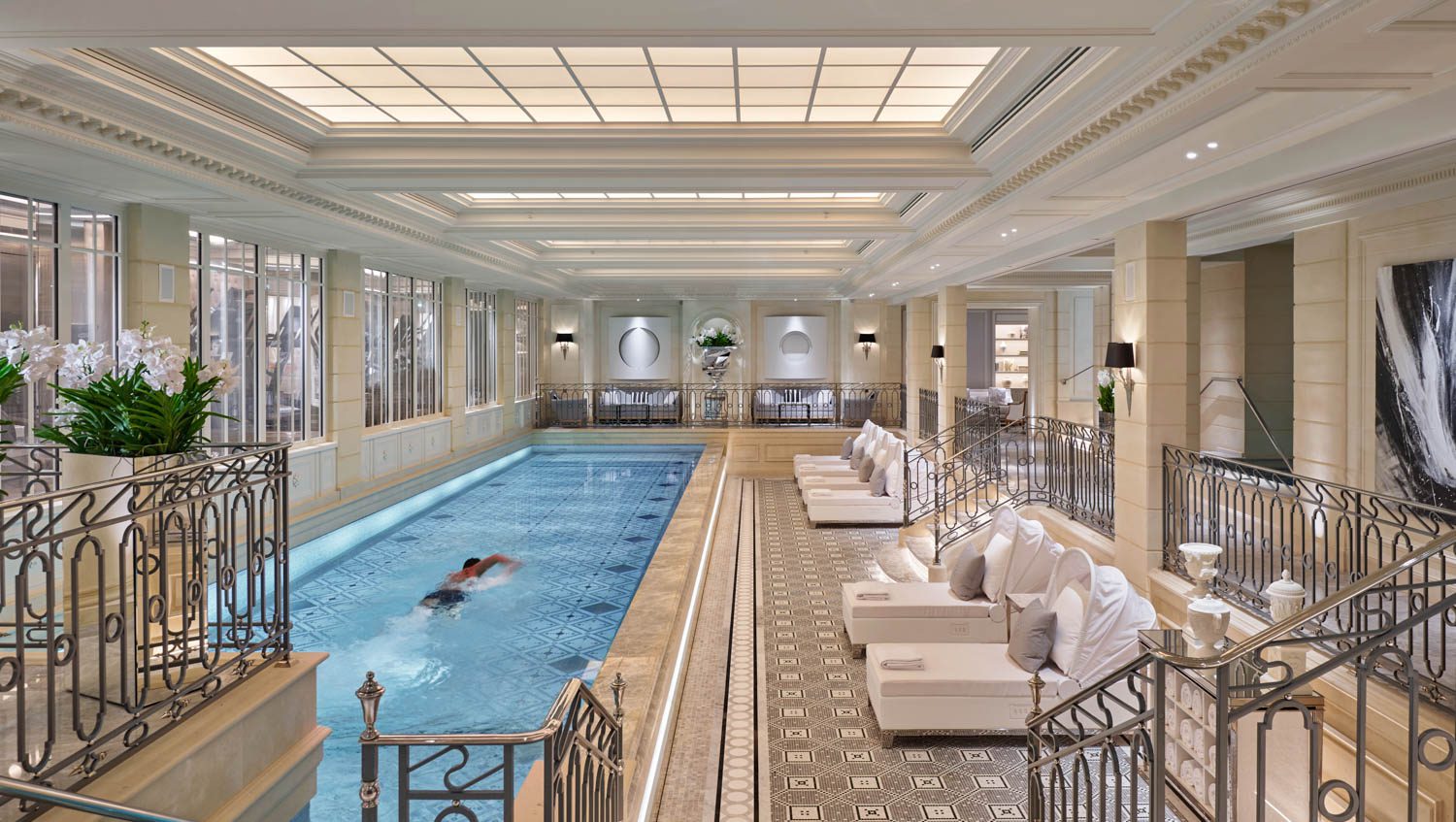
Four Seasons George V Paris
art4d: That is very interesting because most of the time when we talk about luxury, we tend to talk about how it is going to look. But actually, it is about the experience and how it enables good service.
AJ: Yes, and that comes in the design too because if we don’t design a space that functions well, then the staff can’t provide the service the luxury guest expects.
art4d: How could the design stay timeless? Right now, everything is changing very quickly.
AJ: I think the key to creating timeless design lies in its foundation. Classical principles of proportion, balance, harmony, and rhythm are time-honored tools that form this foundation. These principles, while simple, are deeply impactful and have the ability to resonate with people across cultures and time periods. They provide an elegant backbone, on which one can layer and express contemporary trends or personal touches, but they ensure that the essential design remains relevant and beautiful as trends come and go.
In the world of luxury hospitality design, this means creating spaces that balance the grandeur and elegance of the past with the functionality and aesthetic preferences of the present. It’s about respecting the architectural integrity of an existing building while sensitively integrating modern amenities and technologies.
Timeless design also means considering the lifecycle of materials, choosing those that age gracefully and continue to add character to a space over time. Natural materials like stone, wood, and wool have a longevity and durability that synthetic materials often lack. They weather and wear in a way that tells a story, that adds depth and richness to a space and the story.

Photo: Don Amatayakul
art4d: The hospitality industry is very competitive. We have seen a number of boutique hotels and services like Airbnb rising in recent years. How can the project manage to thrive in this industry?
AJ: We start by comprehending the vision, the guest demographics, the brand’s history, and culture. We blend these with the desires and needs of its guests to create spaces that strike a chord on a profound, emotional level.
Consider our work on Jade Signature Condominiums. Our approach was multifaceted. To cater to a modern, upscale audience with a taste for luxury and subtlety, we embraced a design philosophy that echoed the serenity of the surrounding oceanic landscape and the modernity of the city. What I love most about this project is that each space tells its own story, just like each wave in the ocean. Yet they all blend seamlessly to form a harmonious experience.
Contrast this with our approach to The Dorchester in London. This historic hotel demanded a completely different perspective. We aimed to preserve and amplify its storied past, not by turning it into a museum, but by weaving its history into a narrative that appeals to today’s discerning guests. We restored original architectural features, included period-inspired furnishings, and used contemporary artwork to subtly evoke its rich heritage.
Authenticity is our north star in this ever-evolving industry. We avoid a diluted, one-size-fits-all approach. Instead, we focus on a specific target audience, creating an experience that resonates deeply with them. By designing spaces that cultivate a sense of belonging, we create a pull that draws guests back time and time again.
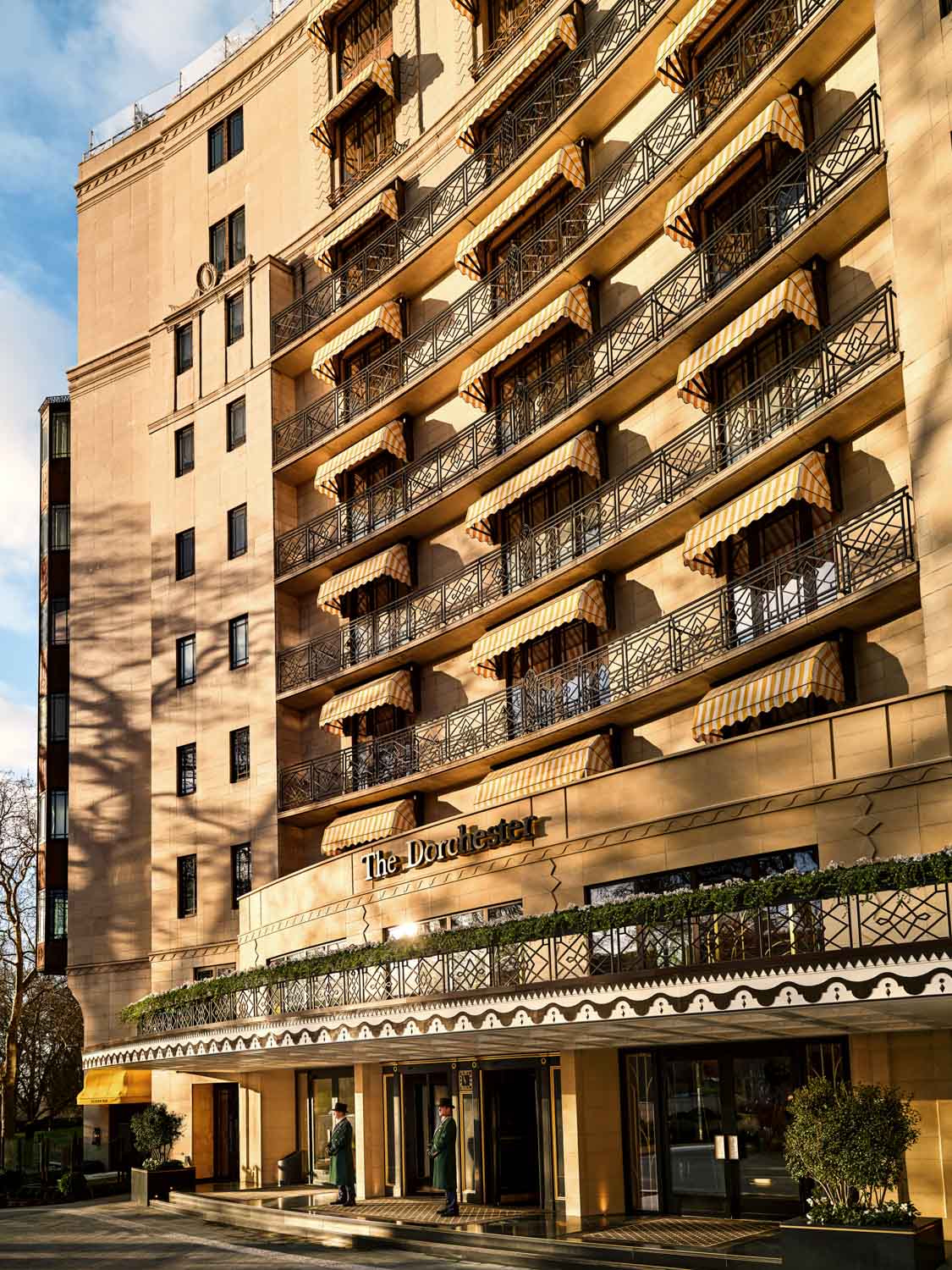
The Dorchester
art4d: How can you stay relevant by updating the project while staying true to your core?
AJ: It is imperative that we continue to evolve with the desires and needs of the traveler. We care about sustainability and well-being so much right now; brands are adapting more comprehensive sustainability practices including off putting carbon footprints. So, when I say keeping up with the trends, it should be the trends to stay as opposed to the eccentric or of the moment trends.
Connection with nature has been significant for a while and continues to get stronger. Nature is deeply connected to wellness and sustainability and will continue to evolve as these focuses gain more awareness. Finding well-meaning trends and applying them to the design, while allowing the narrative to lead so that the trends are not the focus of the project, but instead support the design.
art4d: How does the pandemic impact the hospitality industry in any way?
AJ: The pandemic opened a new segment of the hospitality industry. We call this segment in the U.S. ‘Bleisure,’ a blended form of business and leisure. The pandemic provided, people have much more flexible work schedules, so we’re finding people traveling to a hotel where they can work and relax at the same time. On any given day, one can take a meeting in their room, have lunch with their family, return to the computer poolside, and close the workday with a swim. They are experiencing new destinations and environments while they work.
The younger generation wants to travel and wants to have different experiences. If one needs to be at the computer, why not bring it to a pool as opposed to sitting in an office? We can work from anywhere. It opens the possibilities.
art4d: The hospitality industry is affected by the pandemic a lot yet adapting very quickly, right?
AJ: Absolutely. The pandemic has posed significant challenges for the hospitality industry, but it’s also showcased the industry’s resilience and adaptability. At first, there was a rush to redesign spaces for social distancing, and while those changes were necessary for safety, I firmly believe that they’re not representative of a permanent shift in how we design spaces.
Humans are inherently social creatures. We crave connection, interaction, and shared experiences. These are the very principles upon which the hospitality industry is built, and they’re principles that won’t change, regardless of temporary circumstances. Even during the height of the pandemic, what people missed most wasn’t just travel, but the connections and experiences that travel enables – the lively conversations in a bustling hotel lobby, the shared awe of standing before a historic monument, the simple joy of a meal in a new restaurant; all these moments of connection are deeply human experiences.
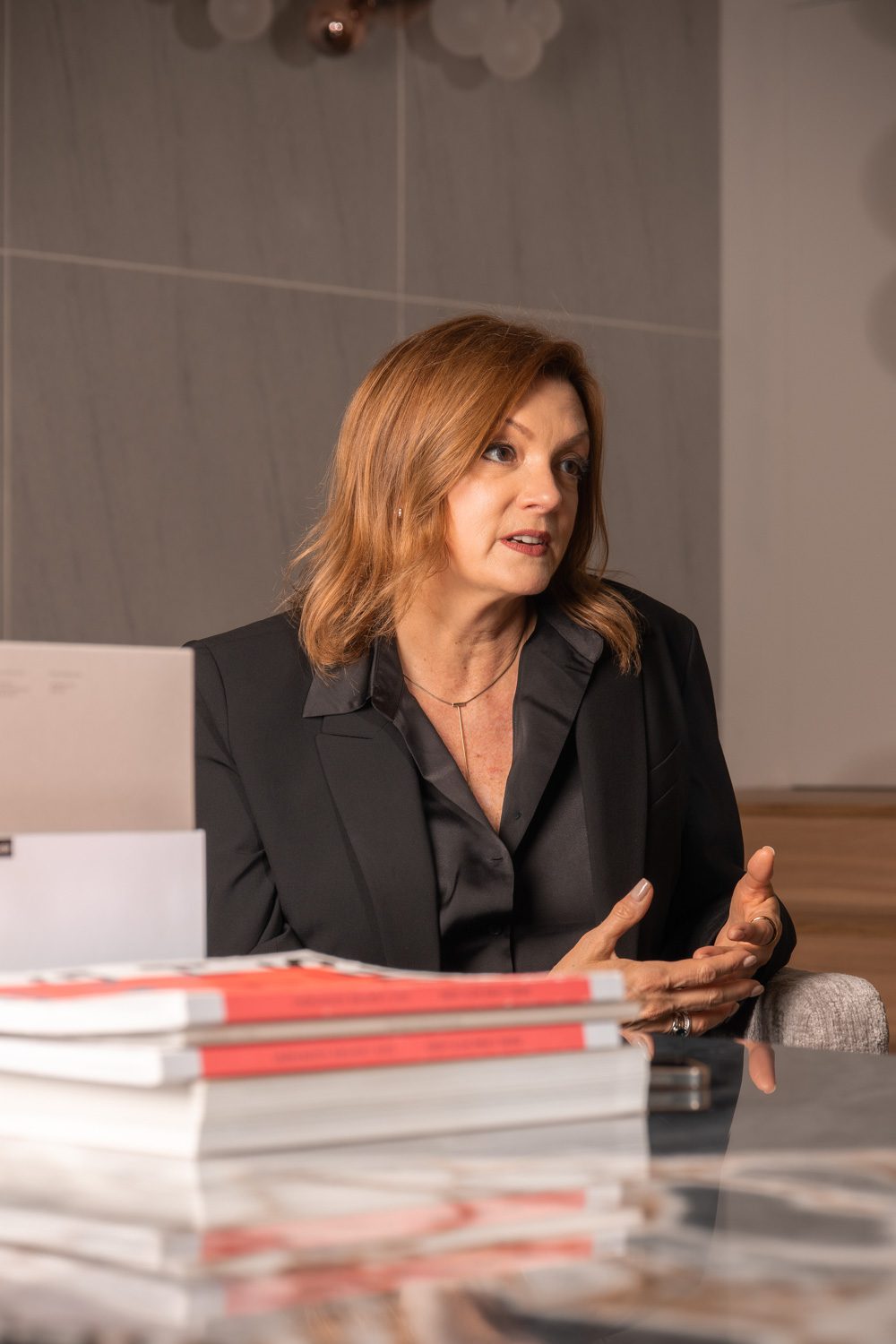
Photo: Don Amatayakul
That being said, the pandemic has undoubtedly sharpened our focus on health, wellness, and cleanliness. This will undeniably shape our approach to designing hotels in the future. We’re witnessing a growing emphasis on outdoor areas, flexible layouts catering to varying needs, and touchless technologies enhancing both convenience and safety.
However, a hotel’s core mission remains – providing spaces for rest, relaxation, and connection. The lobby will continue to be a social hub; the restaurants and bars, venues for enjoyment and socializing. Specific elements may evolve – layouts, technology, operational protocols – but the underlying essence of these spaces, their role as facilitators of human interaction and connection, will persist.
As we steer through this new phase in hospitality design, we’ll keep our guests’ needs and wellbeing at the forefront, without losing sight of the principles of connectivity and shared experiences. Striking a balance between safety and sociability, tradition and innovation, is what will guide us in crafting spaces that are beautiful, comfortable, resilient, and adaptable – ready to embrace whatever the future holds.
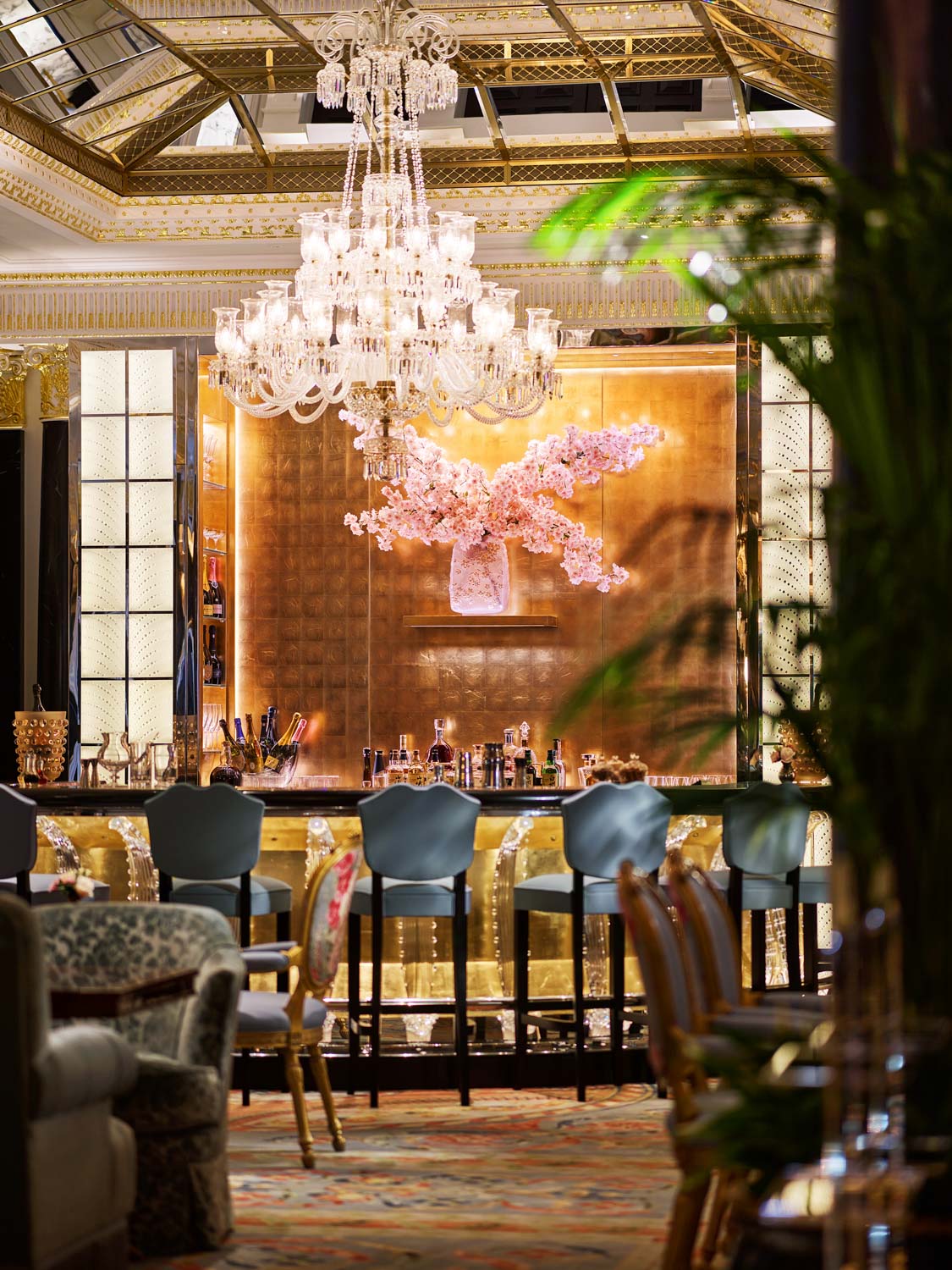
The Dorchester – Artist’s Bar
art4d: Speaking of Pierre-Yves Rochon, how would you define the studio?
AJ: I’ve been in the hospitality industry for 30 plus years and I was introduced to PYR almost 20 years ago when my design focus shifted from luxury retail to hospitality. PYR is truly a studio that represents timeless elegance, meticulous attention to detail, and the relentless pursuit of refined luxury. We view design not merely as a service, but as an art form that celebrates life’s joys and experiences.
At PYR, we believe in the transformative power of design. We strive to create spaces that don’t just accommodate, but also inspire, comfort, and delight. Our designs are a celebration of life, embodying the French expression ‘Joie de Vivre’, meaning the ‘joy of living’. This philosophy is deeply ingrained in our work, driving us to create spaces that are not just aesthetically pleasing, but also emotionally enriching.
Every project we undertake is an opportunity to tell a story, to create an experience that is unique and memorable. Whether it’s a grand hotel in Paris, a cozy boutique in the heart of Tokyo, or a modern retreat in New York, our designs encapsulate the essence of the location, the brand, and the guests they serve. They are distinctive yet harmonious, luxurious yet inviting, modern yet timeless.
But above all, we are a team of passionate creatives. We love what we do, and we pour our hearts into every project we undertake. From the initial concept to the smallest finishing detail, our passion for design and luxury is evident in every aspect of our work.
PYR is a studio that marries artistry and precision, luxury and comfort, history and modernity. We are the creators of timeless designs that celebrate life and foster connections, making every moment spent in our spaces a truly luxurious experience.
art4d: After you have been a part of the studio, what do you think set the studio apart from the others?
AJ: The unique aspect of a PYR design is our approach. It lies in our deep understanding and appreciation of both classical and modern aesthetics. This dual expertise allows us to weave together elements from different styles and periods, creating designs that are rich, layered, and timeless.
A foundational understanding of classical design principles – form, proportion, detail – serves as our compass, guiding our design decisions regardless of the specific aesthetic we’re working with. Whether we’re designing a grand, palatial hotel or a sleek, minimalist boutique, we always adhere to these principles, ensuring that our designs are balanced, harmonious, and thoughtfully detailed.
We are passionate about decorative arts and regard them as an essential part of our design narratives. This passion is evident not only in the furniture and accessories we select, but also in the custom pieces we create for our projects. Our ability to design and craft custom furniture sets us apart, as it allows us to infuse each space with a unique, tailored feel. From a sculptural chandelier that becomes the focal point of a lobby, to a bespoke bedside table that enhances the guest experience, each custom piece is a testament to our commitment to quality, craftsmanship, and individuality.
Moreover, we believe in the power of art to elevate and transform a space. We carefully curate art pieces for each project, selecting works that complement the design and reflect the character of the space. Whether it’s a contemporary painting in a modern hotel, or a classic sculpture in a historic property, the art we choose adds a layer of depth and intrigue to our designs.
art4d: What is the perk of Pierre-Yves Rochon being a part of the widely recognized architectural firm Perkins & Will?
AJ: Perkins&Will is a well renowned architectural firm and brand, and they highly value PYR. Perkins&Will has offices around the globe, and because we are also a global brand, we are able to share resources, which allow us to deliver greater services. We operate as a boutique inside this larger firm, so our clients get the boutique experience of PYR with the depth of resources a globally operating Architectural firm.
art4d: Is there any kind of project that you and the firm would like to do in the future?
AJ: We are designers. We design whether that is a hotel, restaurant, home, or bespoke piece of furniture. For me, personally, I’m very passionate about resorts, sustainability, and eco-tourism. I see certain marketplaces and factors that might open us up to that. I would love to continue with what we are well-known for and then expand our horizon into project types that we haven’t really done yet – perhaps a hotel on the moon!
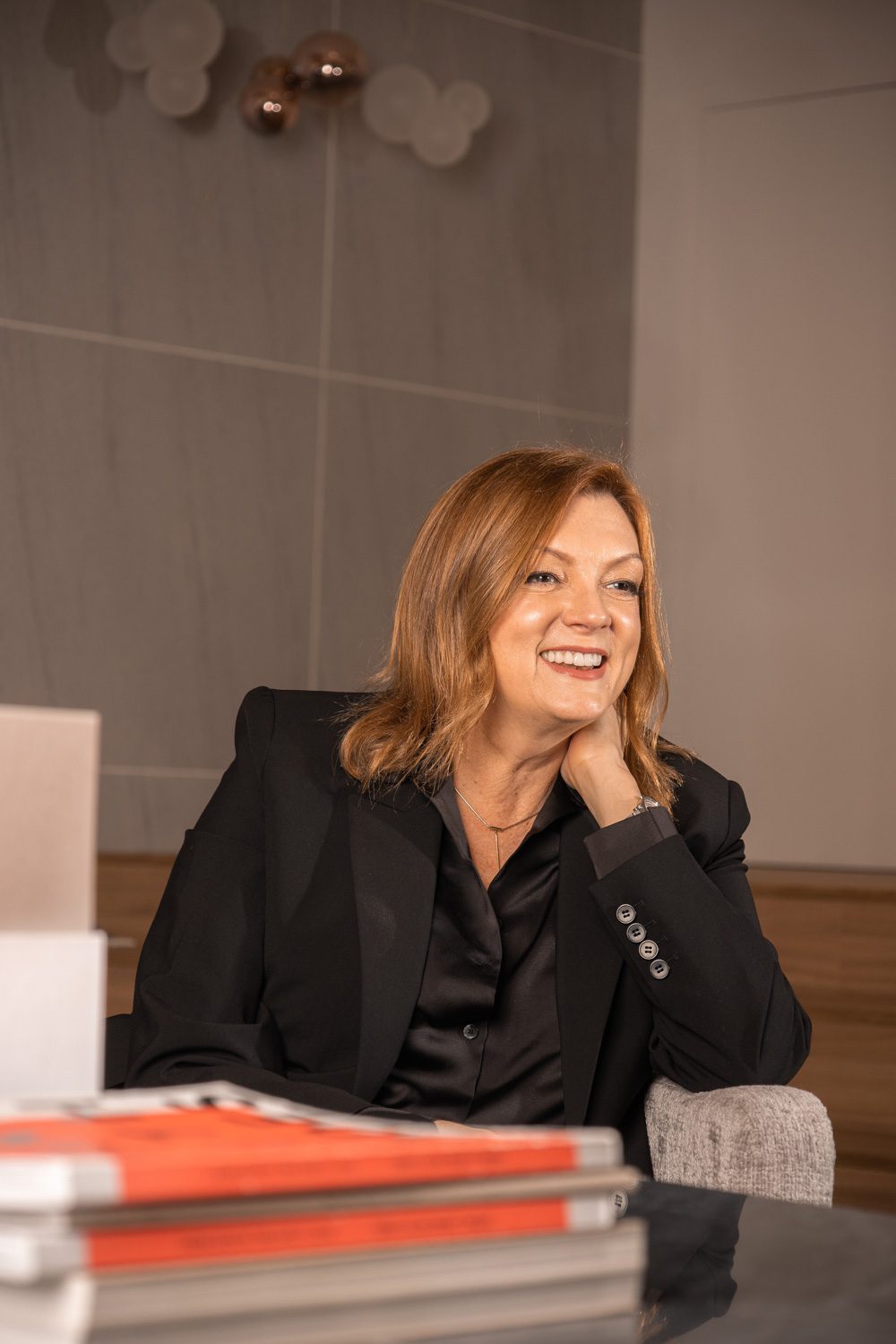
Photo: Don Amatayakul
art4d: Do you see any opportunities in Southeast Asia or in Thailand?
AJ: Absolutely. Look around us; there is lots of development going on. There’s a tremendous amount of opportunity in Bangkok and in Southeast Asia. I have loved working in Bangkok in the past. There is such an eye towards design here, and a desire for the continued evolution of great design aligns with our philosophy of work. Southeast Asia is a very strong marketplace for growth, and it’s very exciting.


